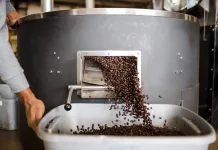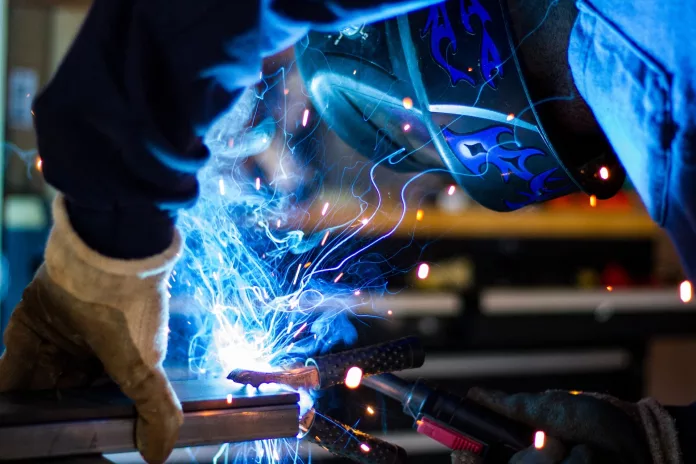It is impossible to overestimate the importance of linear motion actuators in the field of industrial automation. At the core of contemporary production, these strong machines provide for precise and regulated movement in a wide range of applications. You will learn how these actuators are transforming industrial automation and how they have a profound effect on accuracy, efficiency, and overall operational excellence.
1. Precision in Positioning:
The use of these linear motion actuators is essential for attaining unmatched accuracy in the placement of parts and equipment. In the industrial industry, precision is essential since even minute variations may result in flaws or failures. Every component is precisely positioned in accordance with specifications thanks to the precise and repeatable motions made possible by these actuators with sophisticated control systems. In applications like robotics, CNC machining, and assembly lines, the actuator’s fine control over its extension and retraction—often to millimeter-scale precision—makes these devices crucial.
2. Dynamic Speed and Acceleration:
Industrial automation may now have dynamic speed and acceleration capabilities thanks to these actuators, which provide a degree of control that is difficult for conventional mechanical systems to match. The total speed and efficiency of manufacturing operations may be increased by using these actuators, which can carry out quick movements and velocity changes with remarkable precision. Applications like pick-and-place, sorting, and packing lines—where speed fluctuations are crucial—benefit greatly from this dynamic management. With the help of a linear motion actuator, you may accurately and swiftly direct moving components to their destination by optimizing their velocity profile.
3. Seamless Integration in Robotic Systems:
Robotic arms and end-effectors move precisely and in unison thanks to the power of linear motion actuators, which are easily incorporated into robotic systems. Automation has undergone a revolution because of these actuators’ compatibility with robotic applications, which have increased industrial robots’ capacity to carry out intricate jobs accurately and efficiently. For example, in robotic welding, the accurate placement of the welding flame is ensured by a linear motion actuator that regulates the movement of the welding arm.
4. Enhanced Energy Efficiency:
By precisely controlling motion and reducing energy waste, linear motion actuators improve energy efficiency in industrial automation. Conventional mechanical systems often include intricate transmission mechanisms that waste energy in the form of heat and friction. A more straightforward and energy-efficient method is provided by these actuators, particularly those that make use of effective electric or electro-mechanical technology. Energy is used effectively when it can be converted from electrical energy to linear motion with little losses, which lowers operating expenses.
5. Cost-Effective Customization:
In industrial automation, linear motion actuators provide a reasonably priced way to achieve customization. These actuators provide a more flexible and configurable solution than conventional mechanical systems, which can need significant retooling or human modifications to suit changes in production requirements. You can quickly adjust the acceleration, speed, and range of motion of linear motion actuators using programmable control systems to fit different jobs. Without requiring a substantial initial investment, this intrinsic flexibility enables rapid adaptation to new products, assembly procedures, or component dimensions.
6. Maintenance and Reliability Advantages:
The overall effectiveness and lifespan of industrial automation systems are improved by the maintenance and reliability benefits that a high-quality linear actuator provides. Conventional mechanical systems often include a large number of moving parts, including belts and gears, which wear out easily and need to be maintained frequently. Extended maintenance intervals and enhanced system dependability are the outcomes of reduced mechanical wear in these actuators, particularly those using sturdy designs and materials. Furthermore, real-time data on the functioning of these actuators with integrated feedback systems enables preventive maintenance and reduces unplanned downtime.
7. Improved Workplace Safety:
By eliminating the need for physical intervention in dangerous operations, the use of these actuators in industrial automation improves worker safety. These actuators assume responsibility for applications demanding large weights, precise motions, or potentially hazardous operations, therefore reducing the likelihood of accidents and injuries. These actuators make workplaces safer by automating operations that human operators would otherwise find dangerous. This is especially true in situations like material handling, where accurate placement of large loads is required, or in settings where dangerous compounds are present.
Conclusion:
In conclusion, the use of these actuators in industrial automation is nothing short of revolutionary, completely changing the way that production and manufacturing are carried out. Their prominence as essential elements in the quest for operational excellence in contemporary production settings is further cemented by their advantages in maintenance, cost-effective customization, and contributions to worker safety. Understanding the revolutionary effect of these actuators will help you remain at the forefront of efficiency and innovation as you traverse the rapidly changing area of industrial automation.














![[Viral Video] Wpcnt.com 2023: A Dive into Jannat Toha’s Viral Video Details](https://www.businesszillablog.com/wp-content/uploads/2023/10/viral-video-150x150.png)
![[UNCUT] Bashid Mclean Original Photo No Blur: Tania Head’s Unblurred Image Sparks Discussion Bahsid McLean la Photo Sin Miedo Al Ban](https://www.businesszillablog.com/wp-content/uploads/2023/09/image-4-786x420-min-150x150.png)

